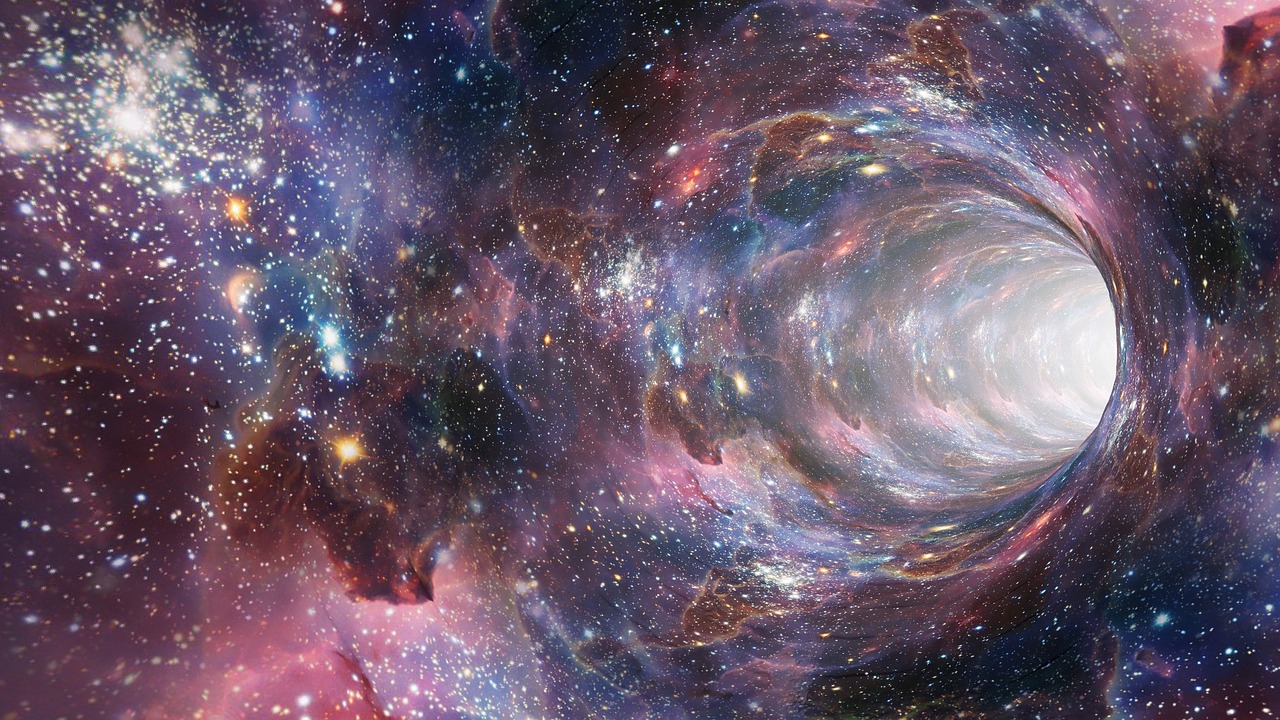There is a massive black hole near the center of the Milky Way galaxy, hiding inside a giant cloud of molecular gas, scientists believe. The black hole is supposed to have a mass of around 100,000 times more than the sun, making it a special kind of black hole that has never been officially identified.
Intermediate-mass black holes (IMBHs) are called the “missing link” that could explain how supermassive black holes are created, Newsweek reports. But there has been no direct evidence of an IMBH, so far.
Scientists led by Tomoharu Oka from Keio University, Japan, announced that they found a “peculiar” molecular cloud near the center of the Milky Way which had some unusual characteristics that have not been seen in any similar cosmic structures. These characteristics could be explained by a “gravitational kick” that is caused by “invisible compact object with a mass of about 105 solar masses.”
The scientists used numerical simulations to interpret that the IMBH is not accumulating matter.
If it is indeed a black hole, it would be the second largest in the Milky Way, following Sagittarius A.
This discovery would open new doors in research regarding supermassive black holes, in order for scientists to gain a better understanding of these gigantic space creations.
The study said, “It is widely accepted that black holes with masses greater than a million solar masses lurk at the centers of massive galaxies. [But] the origins of such supermassive black holes remain unknown.”
In addition, identifying and studying IMBHs will expand the human understanding of the universe on a larger scale. “Theoretical studies have predicted that 100 million to one billion black holes should exist in the Milky Way, although only 60 or so have been identified through observations so far,” the scientists wrote. “Further detection of such compact high-velocity features in various environments may increase the number of non-luminous black hole candidate and thereby increase targets to search for evidential proof of general relativity. This would make a considerable contribution to the progress of modern physics.”
The study was published in Nature Astronomy.
























